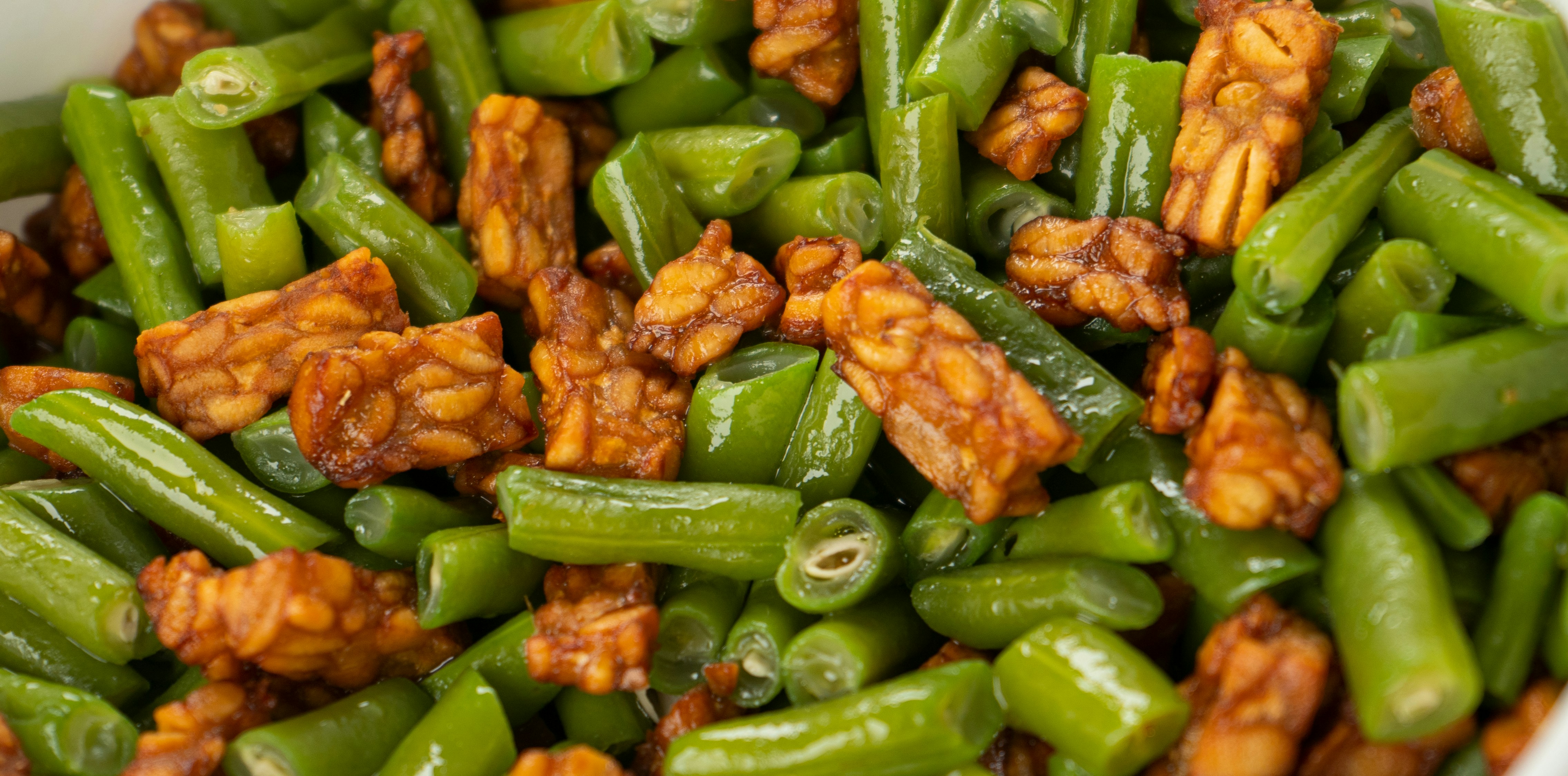Understanding Soybean Varieties
Soybeans are a diverse crop, with various varieties that exhibit differences in protein content, oil levels, and adaptability for fermentation, which are crucial factors when choosing good soybeans for making tofu and tempeh. The protein content of soybeans is particularly significant, as it directly influences the texture and nutritional value of the final products. Generally, high-protein soybean varieties are preferred for tofu production due to their ability to form a firmer curd.
In addition to protein, the oil content of soybeans can also impact the flavor and richness of tofu and tempeh. Lower oil content is typically desirable for tofu, which should have a clean, subtle taste that will absorb flavors from other ingredients. Tempeh, however, can benefit from a slightly higher oil content, which can add complexity to its flavor profile.
When considering the adaptability for fermentation, it is essential to select soybean varieties that are well-suited for the specific fermentation processes involved in making tempeh. Some modern soybean cultivars have been bred specifically for this purpose, yielding higher-quality products with better yields during the fermentation phase. Traditional varieties such as the ‘Black’ soybean and ‘Natto’ soybean are often recommended for their robust flavors and fermentation qualities.
To identify high-quality soybeans, consumers should look for beans that are uniform in size, smooth in texture, and free of blemishes or damage. The color may vary depending on the variety but should typically appear vibrant and consistent. Purchasing from reputable suppliers who specialize in soybeans can also ensure access to the best varieties for tofu and tempeh production. Understanding these differences among soybean varieties will enable producers and avid home cooks to select the ideal beans for their specific culinary needs.
Assessing Quality: What to Look For
When choosing soybeans for making tofu and tempeh, assessing the quality of the beans is of paramount importance. The visual inspection begins with evaluating the color of the soybeans. Good quality soybeans typically display a uniform, rich color, which can range from light yellow to deep golden hues. Any discoloration or uneven coloring may indicate immaturity or spoilage, reducing the quality and taste of the final product.
Size is another essential factor to consider. Premium soybeans should be plump and firm, reflecting their freshness and viability. Overly small or shriveled soybeans could be signs of age or poor farming practices. A tactile evaluation can further assist in assessing quality; when squeezing a soybean, it should feel solid and not easily compressible. If the bean lacks a robust feel, it may not produce the best texture or flavor in your tofu or tempeh.
Additionally, one must inspect for defects or imperfections. Look for cracks, splits, or any signs of mold, which not only affect the aesthetic appeal but could also compromise food safety. The presence of foreign materials, such as stones or debris, can indicate poor quality handling during the harvesting and processing phases. A clean batch of soybeans is a marker of reputable producers, which is particularly important for those seeking to make organic tofu or tempeh.
Finally, the choice between organic and conventional soybeans can significantly impact the quality of your final product. Organic soybeans are often grown without pesticides and synthetic fertilizers, potentially offering a superior flavor profile and health benefits. To make an informed decision, assess your preferences regarding flavor, nutritional value, and sustainability, ensuring that you select the best soybeans to create delicious tofu and tempeh.
Where to Buy Quality Soybeans
When it comes to sourcing quality soybeans for tofu and tempeh production, consumers have several viable options to explore. Each method of procurement has distinct advantages and potential drawbacks that merit consideration. One of the most effective ways to ensure freshness and quality is by visiting local farmers’ markets. Here, buyers can engage with farmers, gaining insights into the growing practices and conditions under which the soybeans were produced. Establishing a relationship with local growers not only fosters community but also increases the likelihood of receiving high-quality produce free from harmful pesticides.
Specialty health food stores also present a sound option for purchasing soybeans. These establishments typically curate their products, focusing on organic and non-GMO selections, thereby catering to the needs of health-conscious consumers. However, it is essential to verify the source of the soybeans, as not all health food stores maintain strict sourcing standards. Prices at these stores may be higher than those found in other outlets, so being aware of budget constraints is paramount.
Online retailers have gained popularity due to their convenience and wide selection. When purchasing soybeans online, it’s crucial to choose reputable suppliers known for their quality. Reading reviews and ensuring that the supplier offers organic and sustainably-grown options will help in making an informed choice. While online shopping may afford cost savings and access to hard-to-find varieties, it often lacks the immediacy of purchasing directly from local sources.
Co-ops are another excellent venue for buying soybeans, often providing organic options at competitive prices due to their community-focused nature. Becoming a member can also offer additional benefits such as discounts and exclusive access to new products. Choosing a source for soybeans requires careful consideration of factors like freshness, ethics, and cost. By exploring these avenues and building relationships, consumers can empower themselves to acquire quality soybeans for their culinary needs.
Storing and Preparing Soybeans for Cooking
Proper storage and preparation of soybeans are essential steps that significantly influence the texture and quality of your tofu and tempeh. To ensure optimal results, it is important to store dry soybeans in airtight containers. This practice protects the beans from moisture, pests, and light, all of which can lead to spoilage and loss of nutritional value. A cool, dark pantry or cupboard is an ideal location for storing soybeans, as these conditions help maintain their freshness for an extended period.
Before utilizing soybeans in cooking, soaking is crucial for rehydrating them and improving their texture. For best results, it is recommended to soak the soybeans in ample water for at least 8 hours or overnight. This prolonged soaking time not only softens the beans but also aids in the removal of some of the compounds that may cause digestive discomfort. Once soaked, drain the soybeans and rinse them thoroughly. This rinsing step contributes to a cleaner flavor profile and a more enjoyable eating experience.
In addition to soaking, it is vital to cook the soybeans properly to achieve the desired texture for tofu and tempeh. After soaking, place the beans in a large pot and cover them with fresh water. Bring the water to a boil, then reduce the heat and let it simmer for approximately 30 minutes to 1 hour, or until the soybeans are tender but not mushy. By achieving the correct texture during the cooking phase, you enhance the potential for successful tofu and tempeh production.
The meticulous preparation of soybeans, including proper storage, soaking, and cooking methods, will yield high-quality soy products. Applying these techniques will not only elevate your dishes but will also empower you to explore the nutritious and versatile nature of soybeans in your culinary practice.








